Smoove & Turrell release two tracks ‘Violet Hour’ and ‘Echoes’
There really is nobody else quite like Smoove & Turrell. This talented crew of virtuoso musicians from the North East of England have been scene-leaders in the UK and internationally for well over a decade, and their distinctive brand of northern soul and analogue electronica has set them aside in their own lane for six albums and counting.
Having built their audience organically through hard work and extensive touring, their trajectory is still very much upward with their most recent album ‘Stratos Bleu’ hitting number 1 in the UK National album charts (dance) on release in 2020. Consistently prolific as recording and touring artists, their previous release ‘IGOTCHA’ was the first to be taken from their forthcoming album and has been strongly supported on BBC 6 Music (who made ‘Stratos Bleu’ Album of the Day).
Next was ‘The Light’ which featured legendary US Blue Note keyboard genius Ronnie Foster and continued bringing the heat for forthcoming album ‘Red Ellen’.
Now it is time for ‘Violet Hour’ and ‘Echoes’, two evocative love songs, one full of hope and one about the end of a relationship. Lead singer and lyricist John Turrell tells us: “I could be more famous, I could be richer, I could be better looking but I won the lottery when I met my wife. Life changes, priorities change, kids grow up and they hopefully find a life that’s good for them. One thing is for certain our violet hour never turns to grey, it just changes and becomes something even better. Find that one person and you’re set for life”.

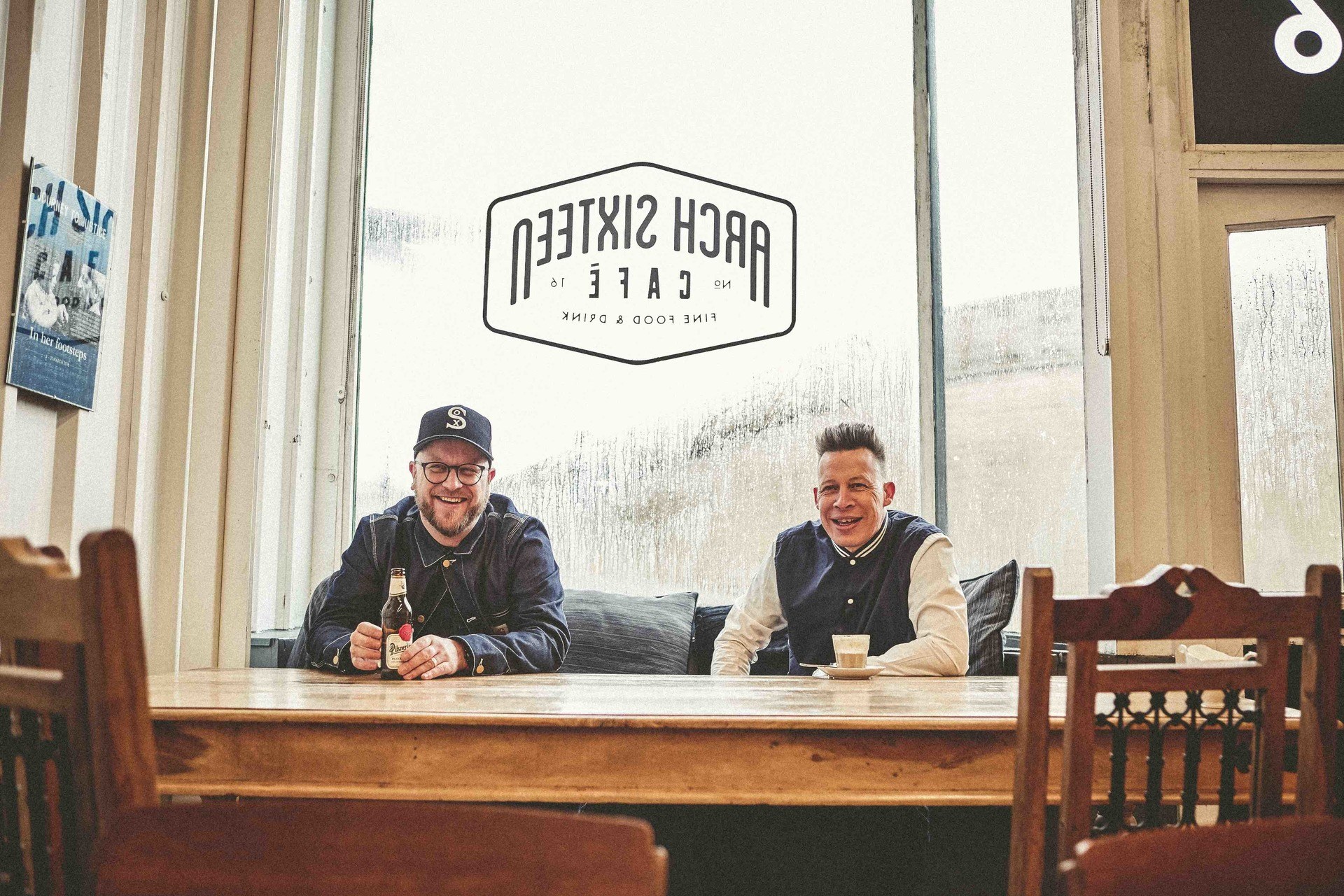
On the subject of second cut ‘Echoes’: “We’ve all had that relationship, the one you know is over and has been for a while. It’s all about the realisation that it has to end for the health and sanity of both parties! The echoes of the night are all those flashbacks, the nudges, the voices telling you it’s over”
Stream Violet Hour and Echoes HERE
Press release courtesy of Only Good Stuff

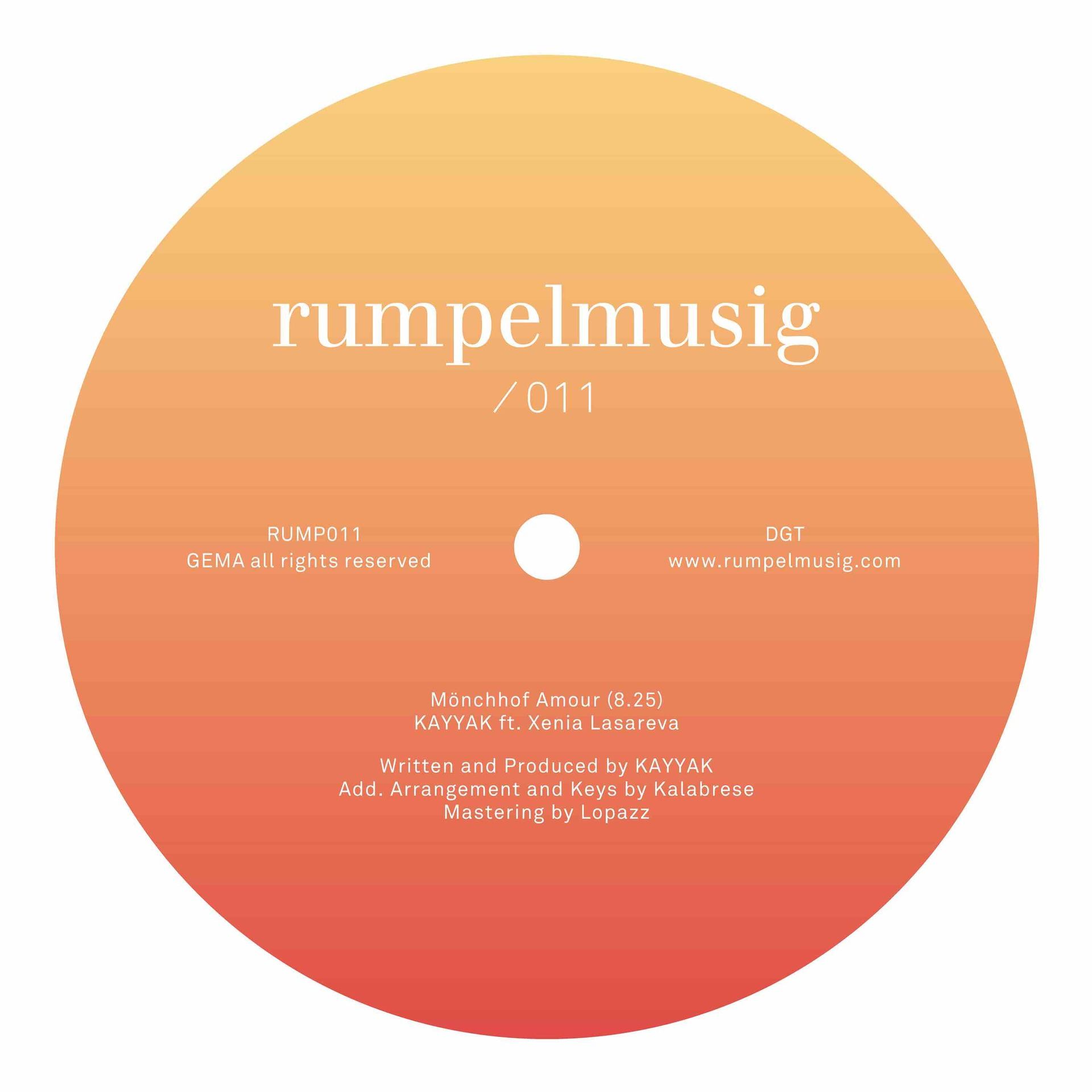
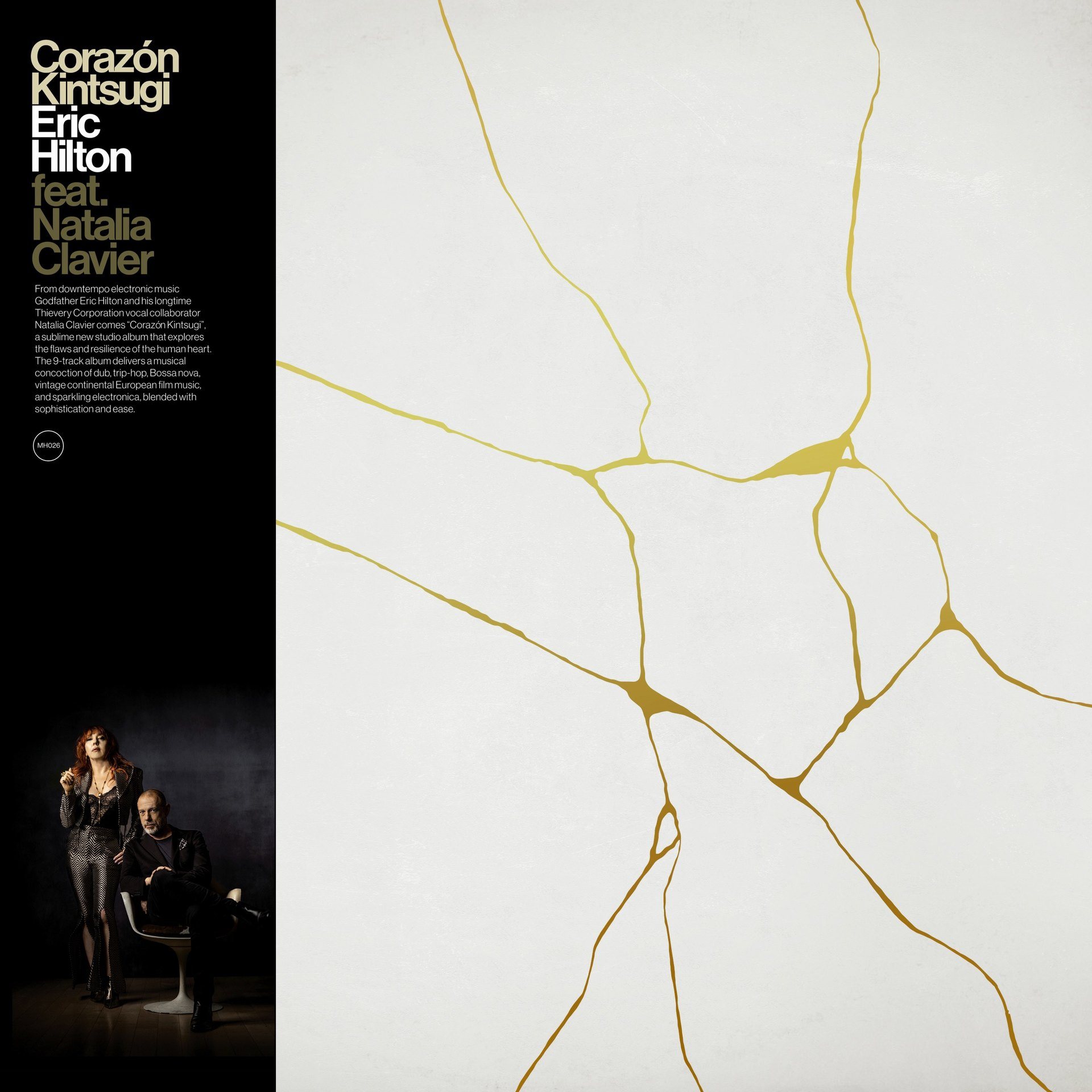

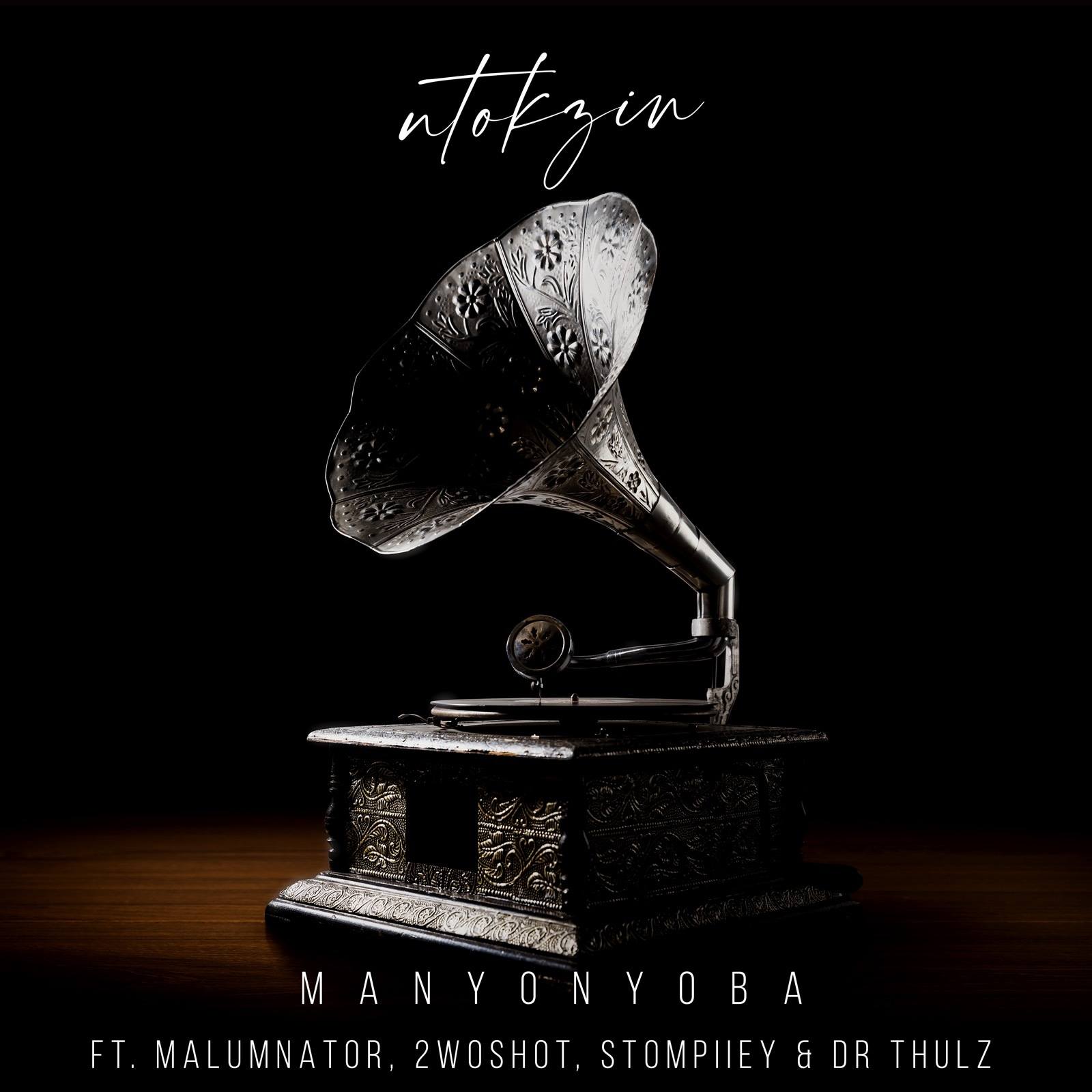




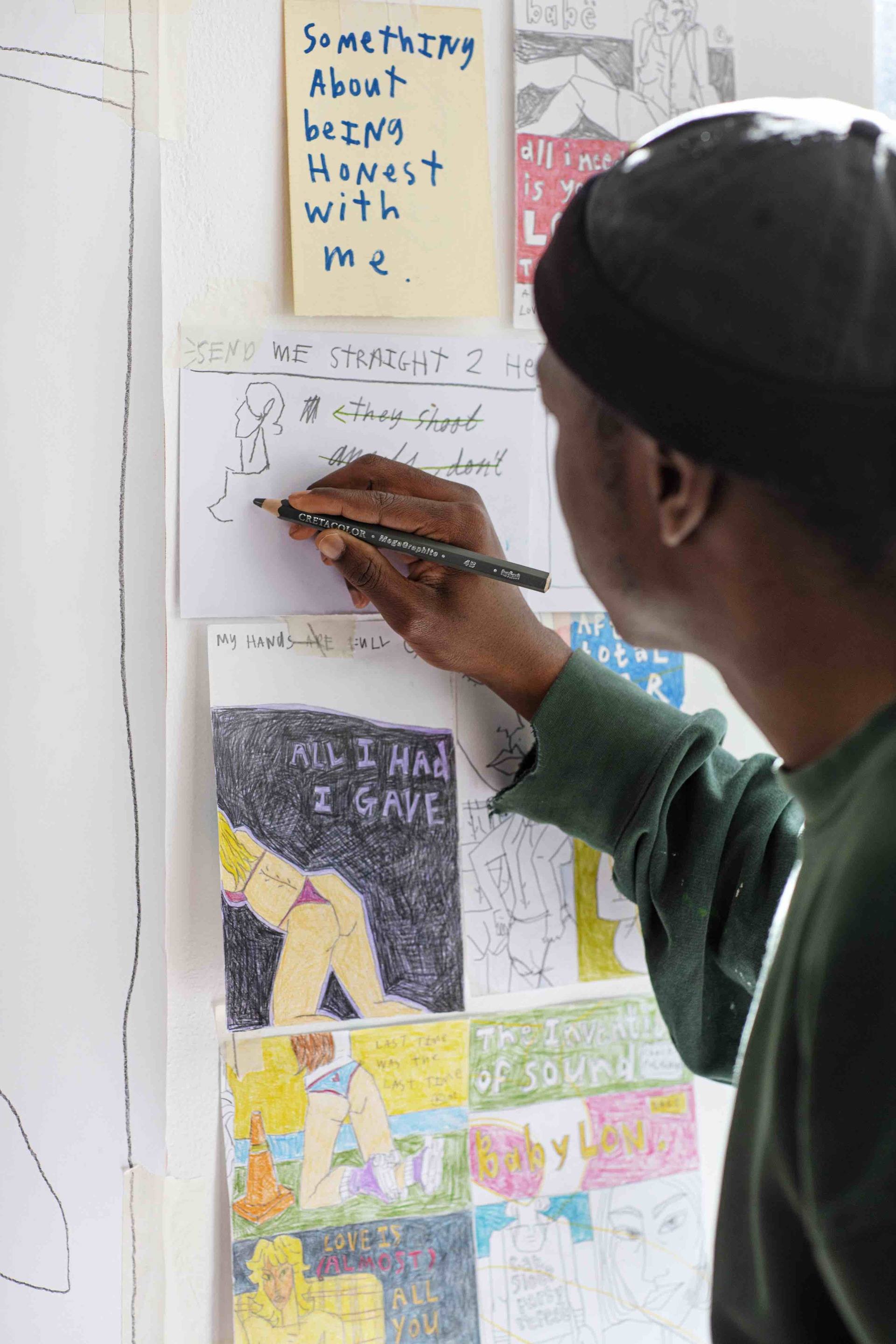


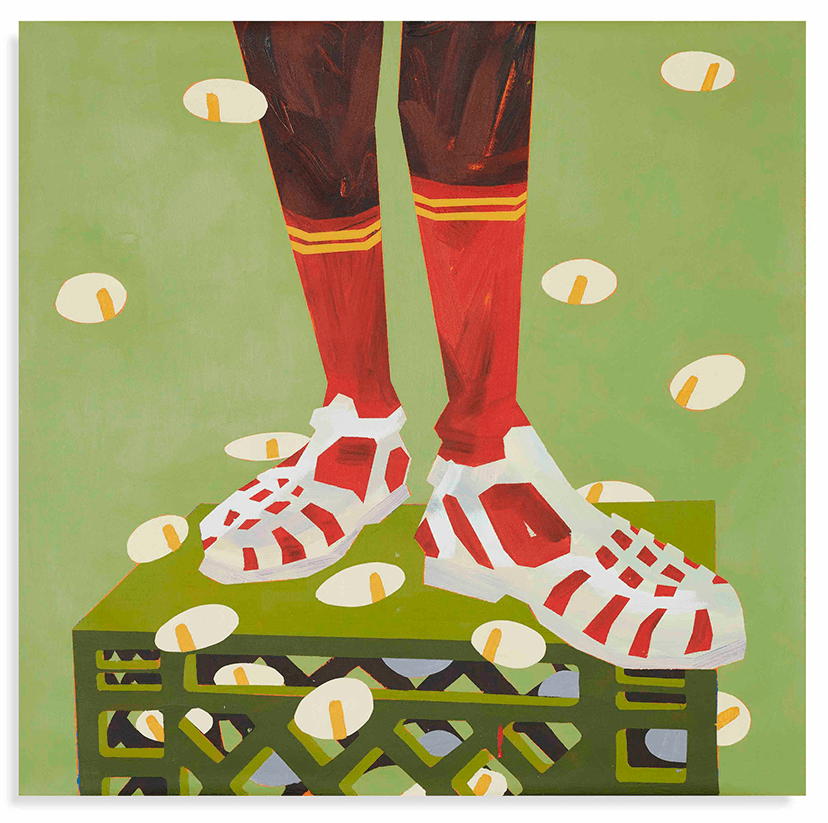
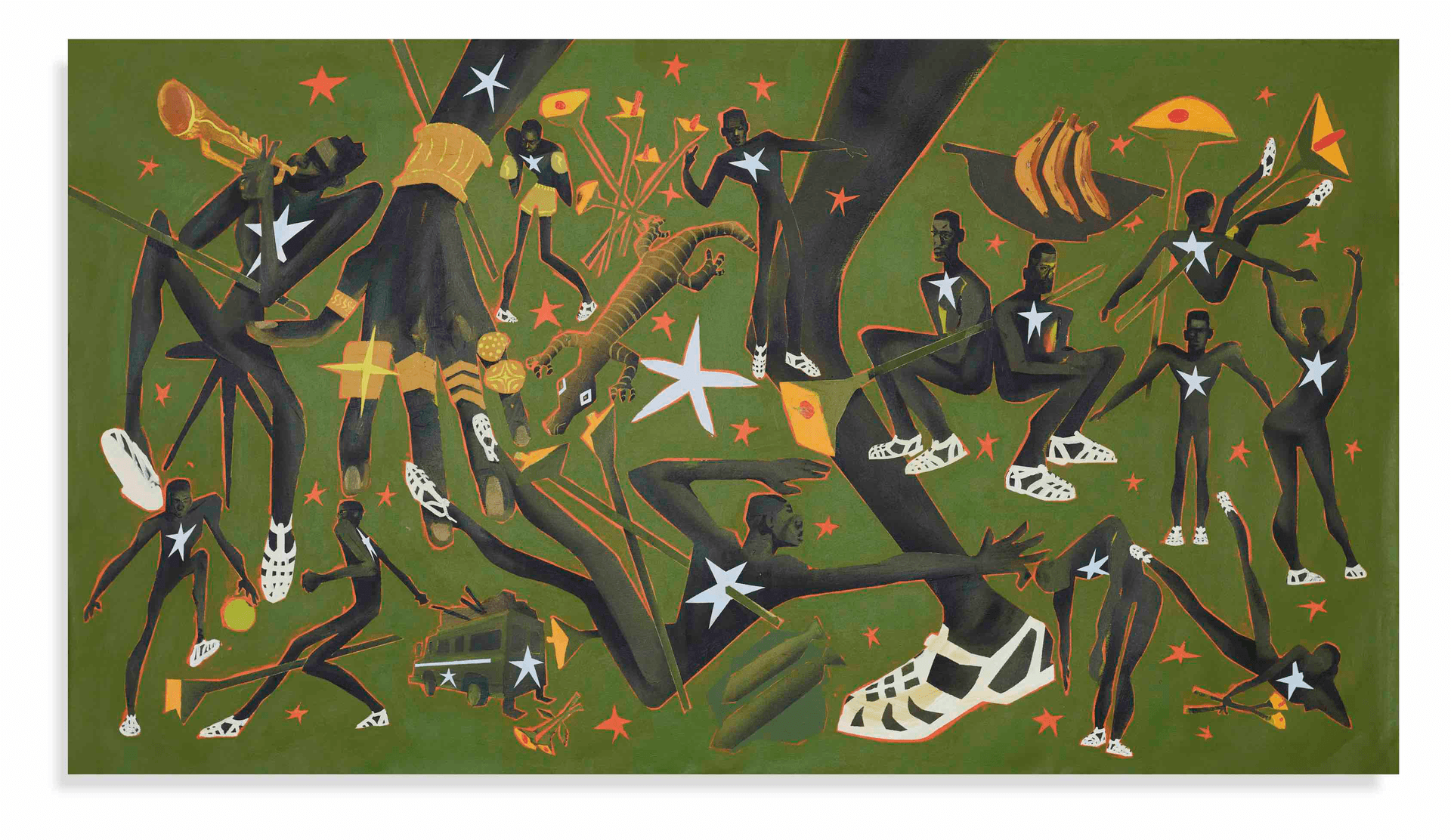

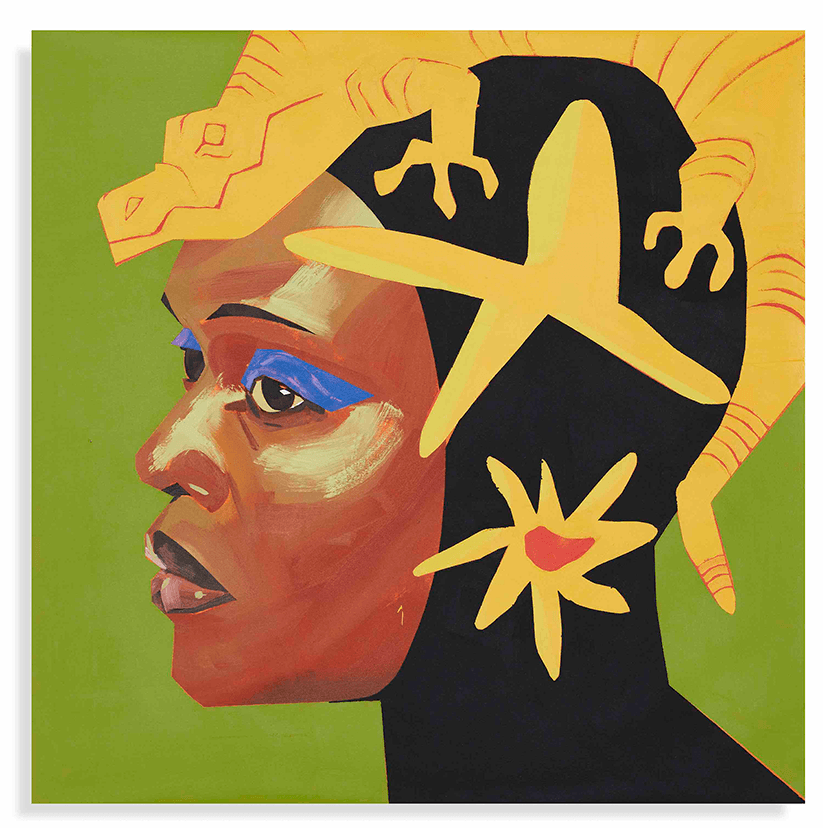




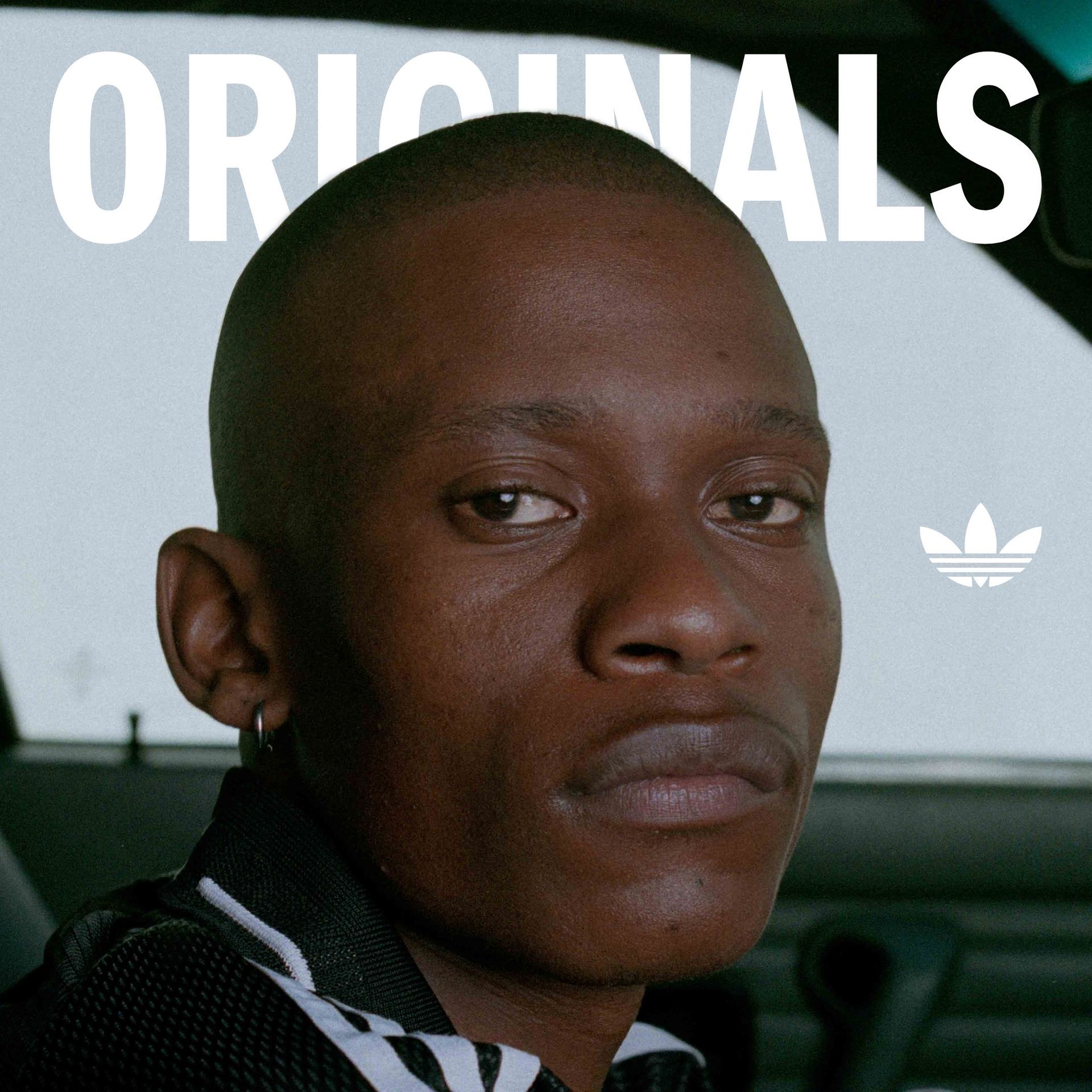
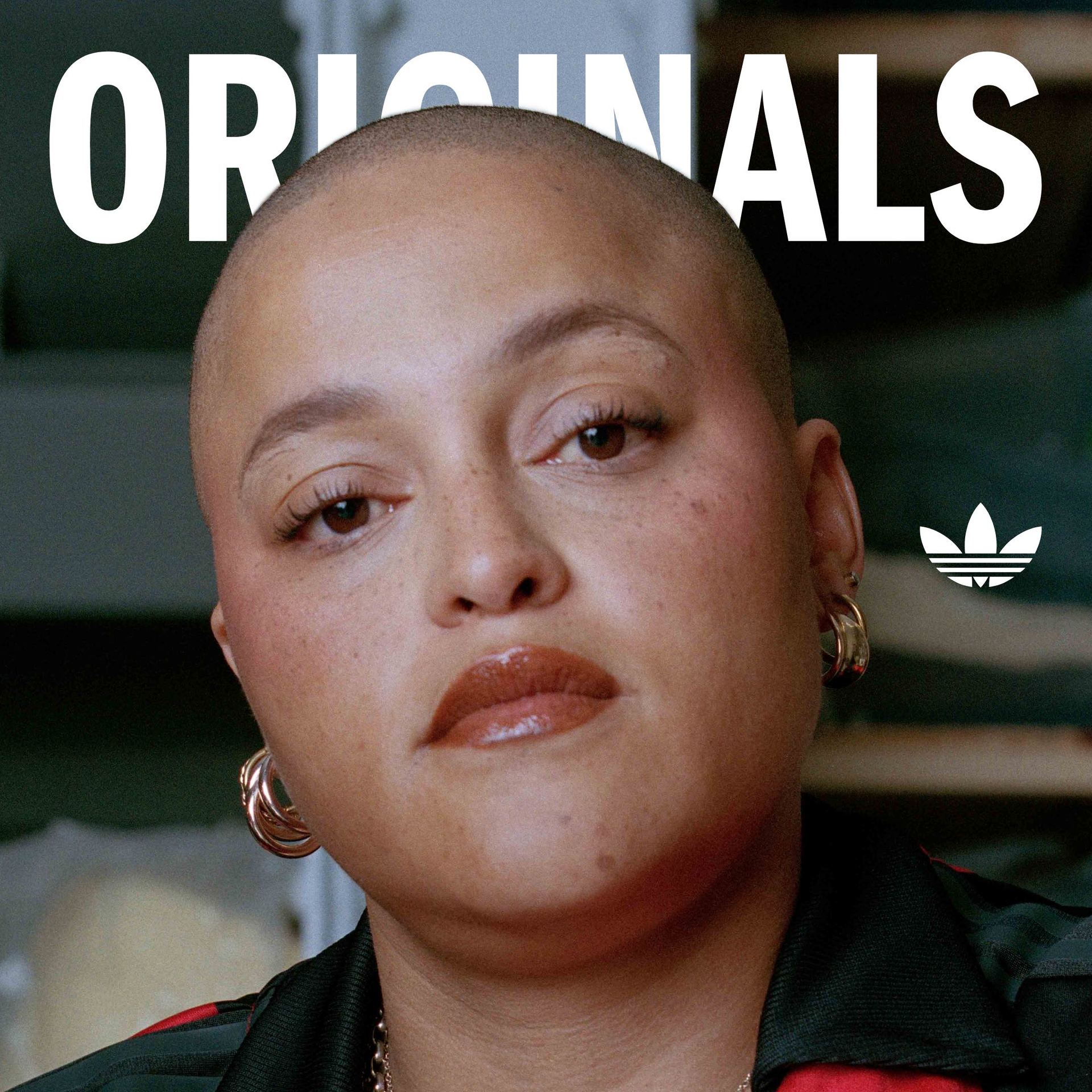

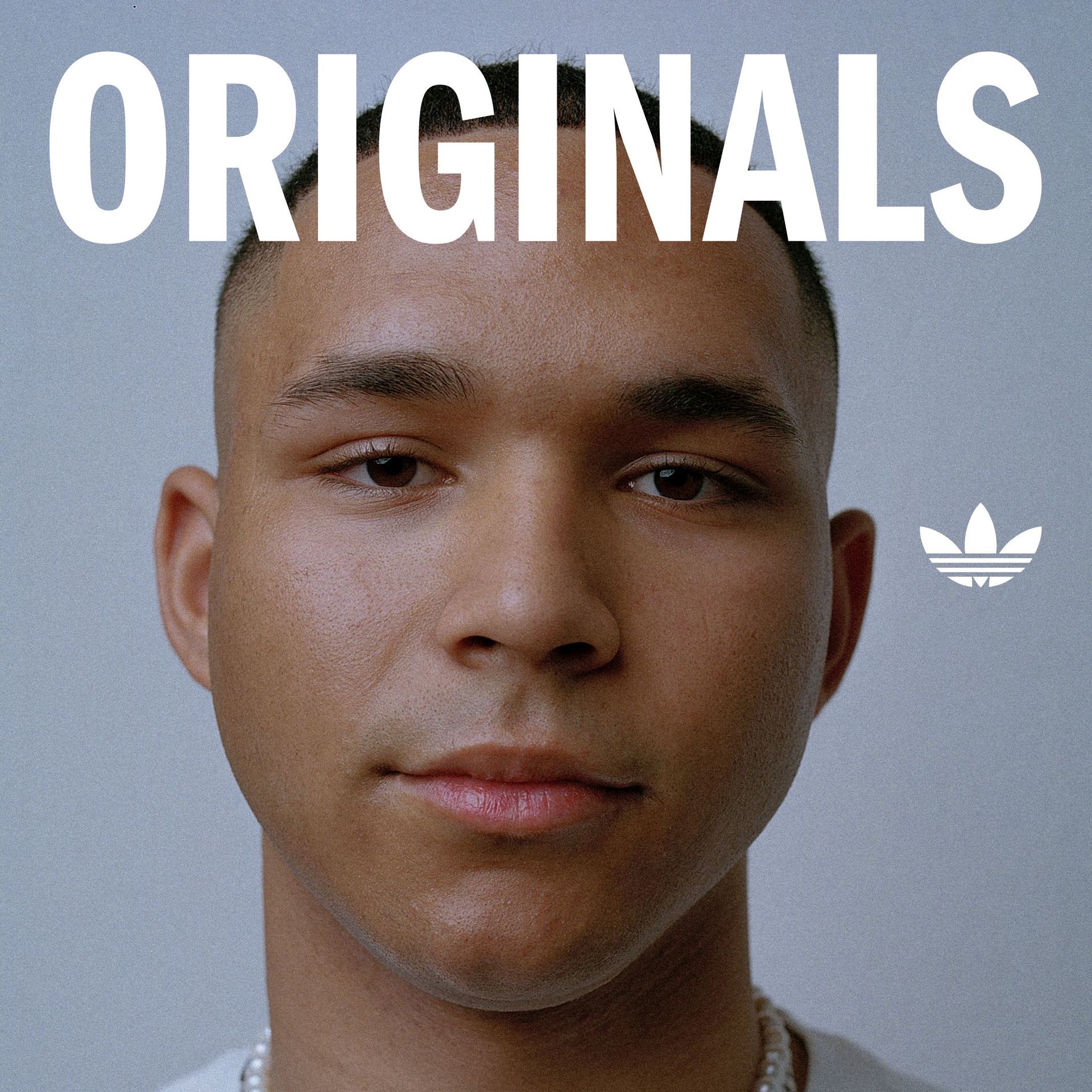
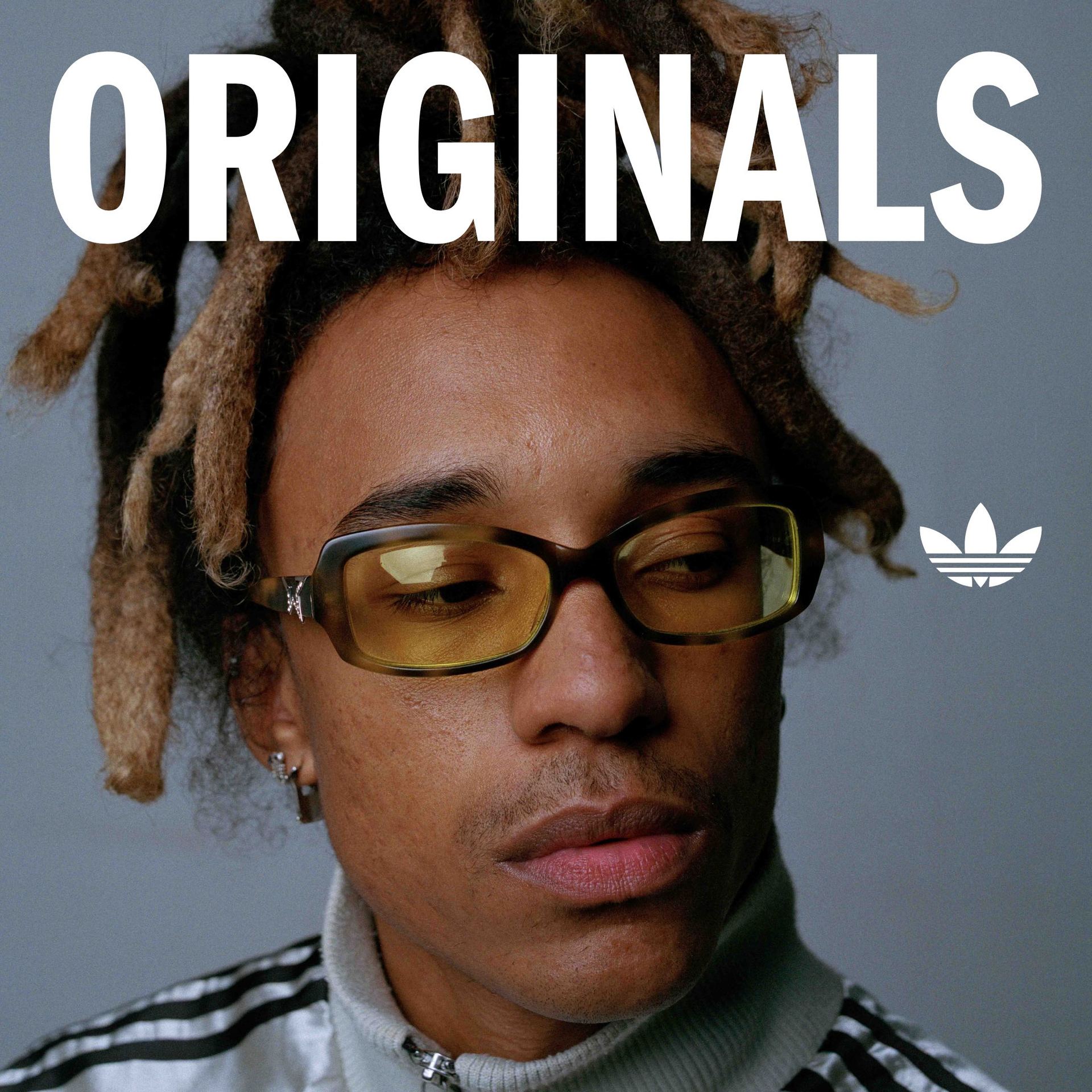
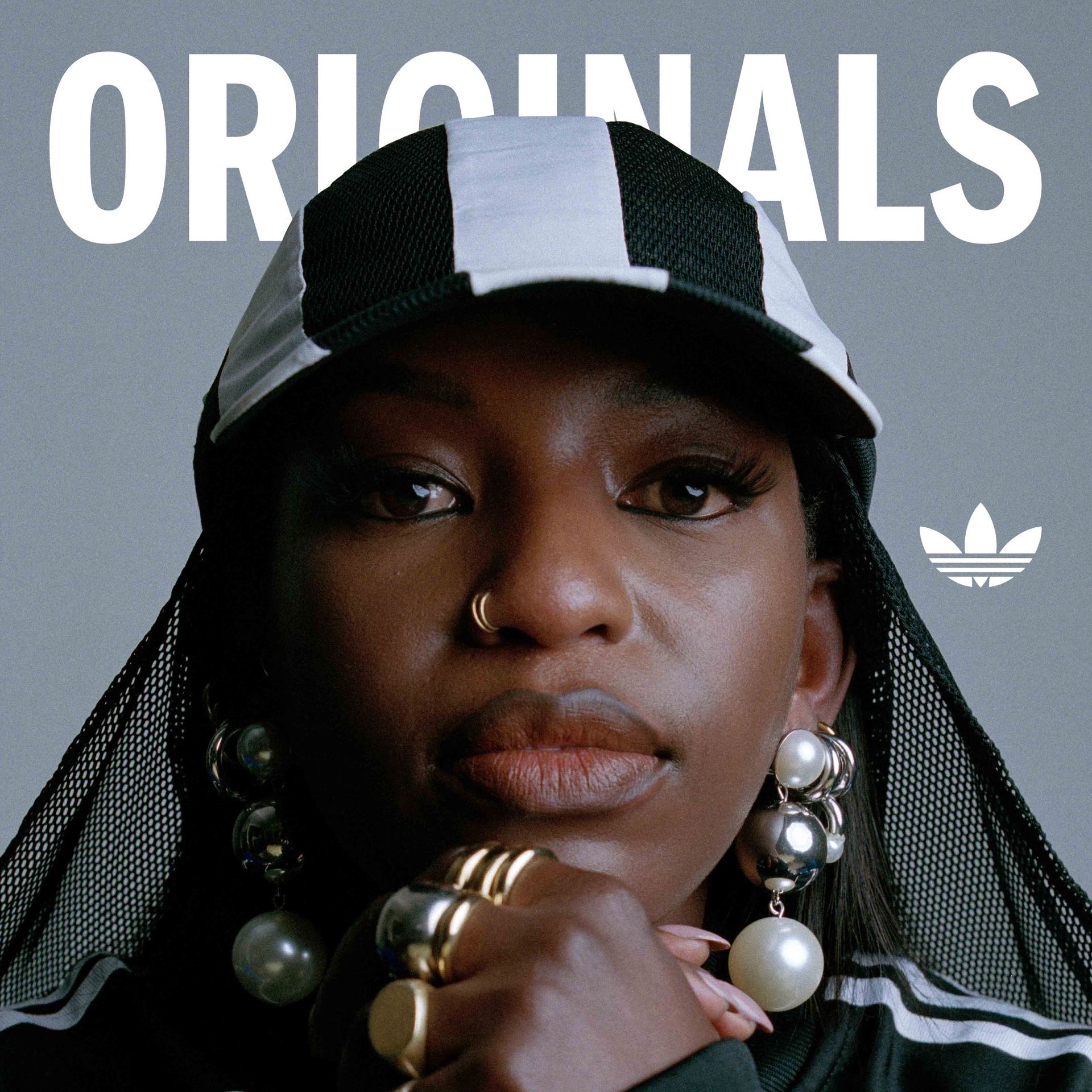

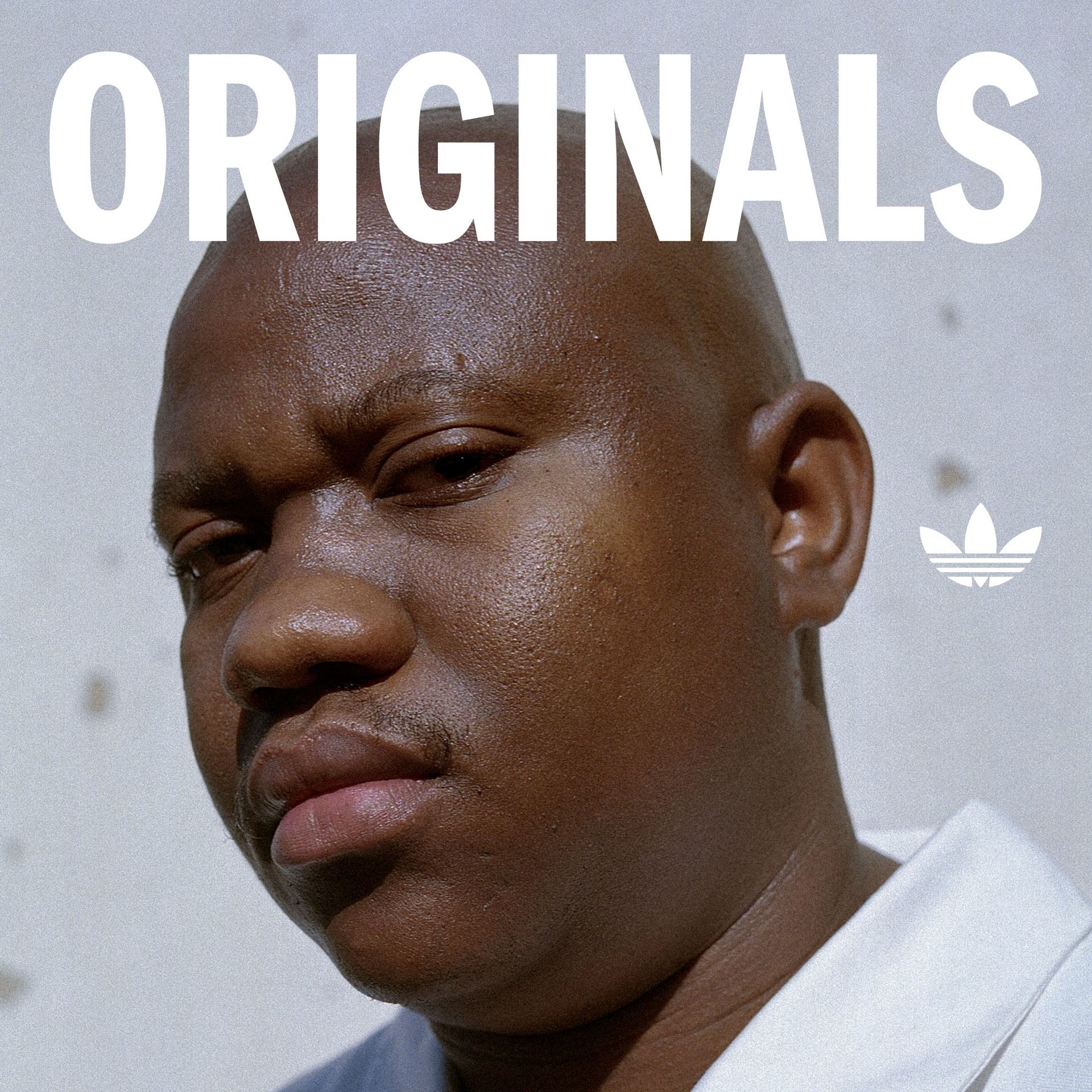
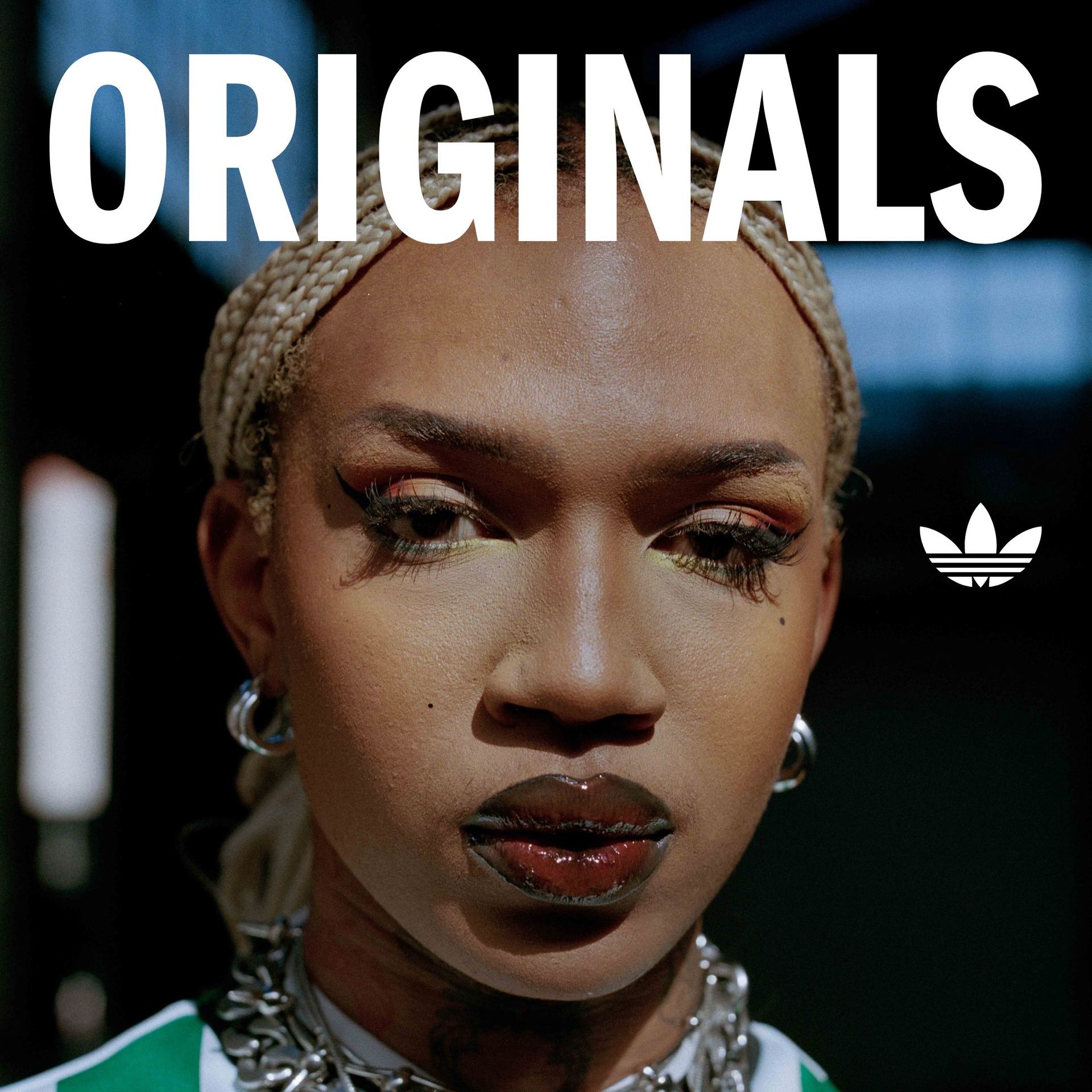
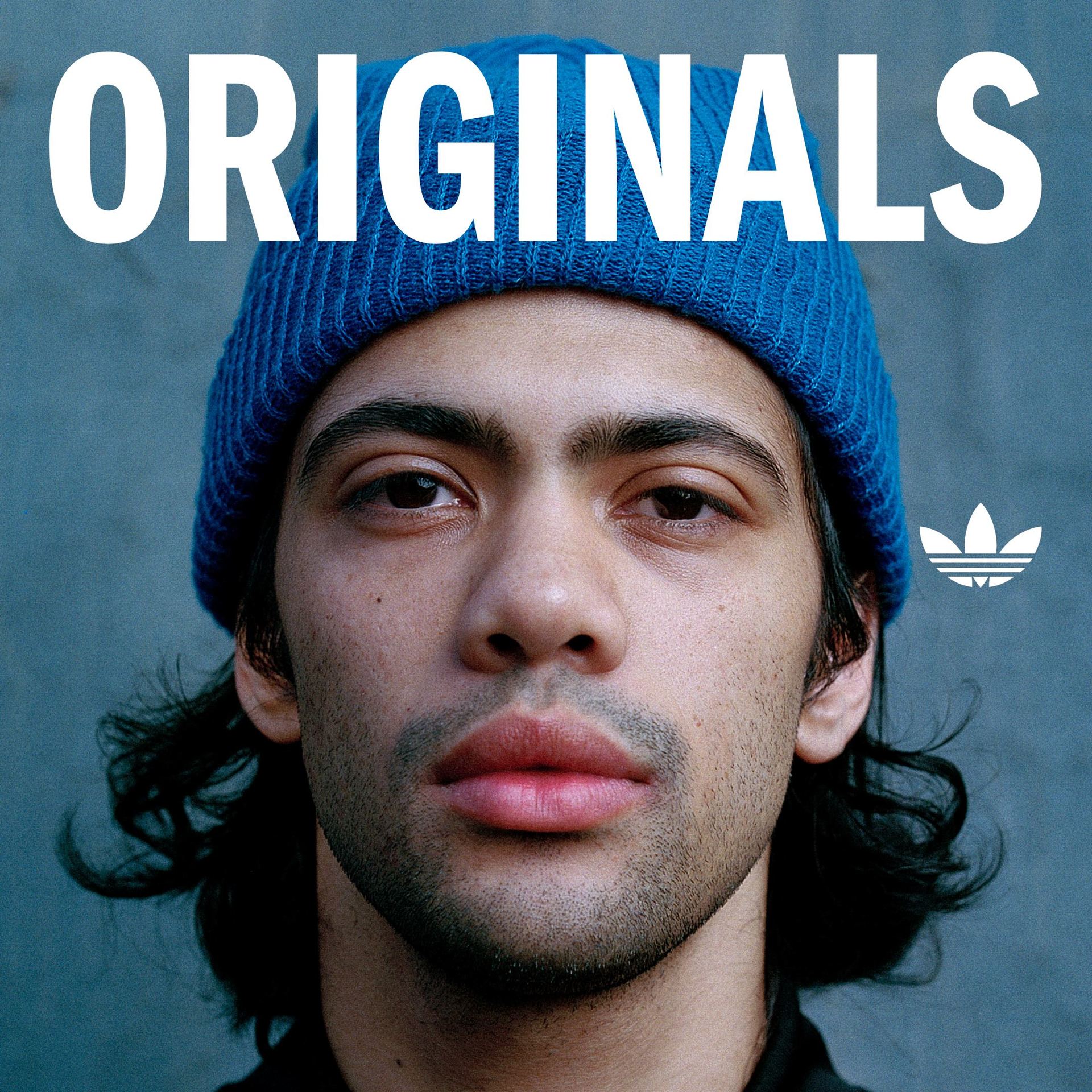
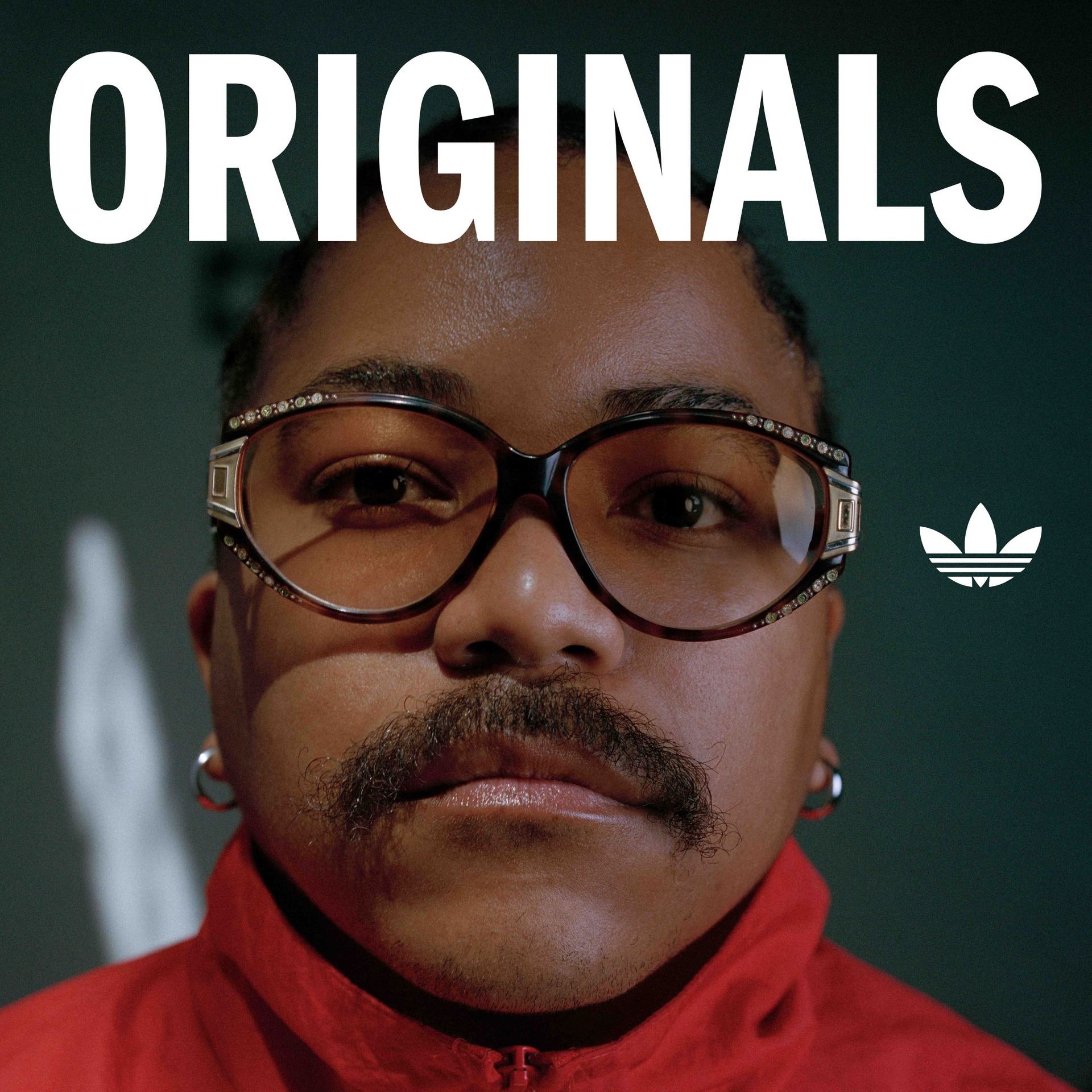
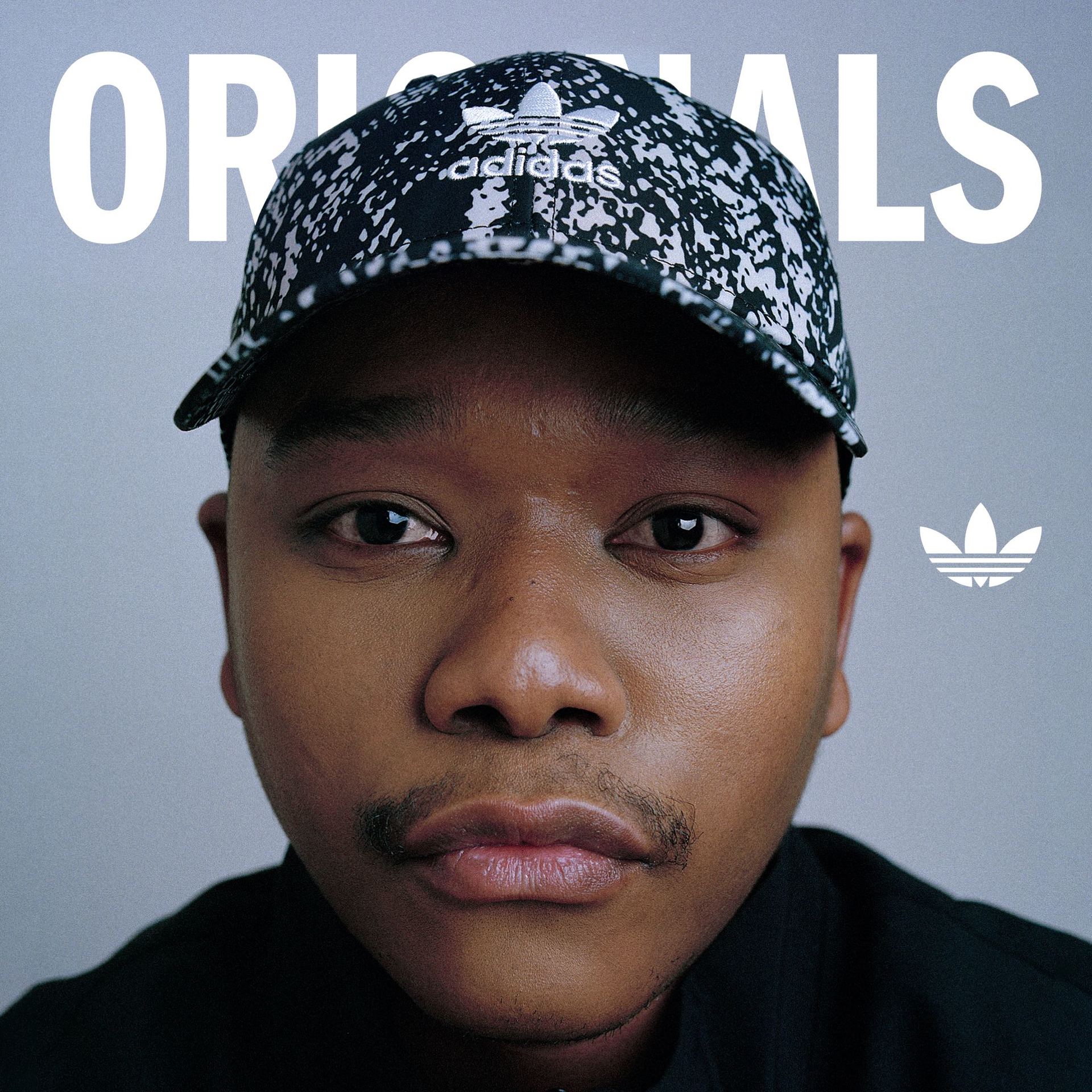
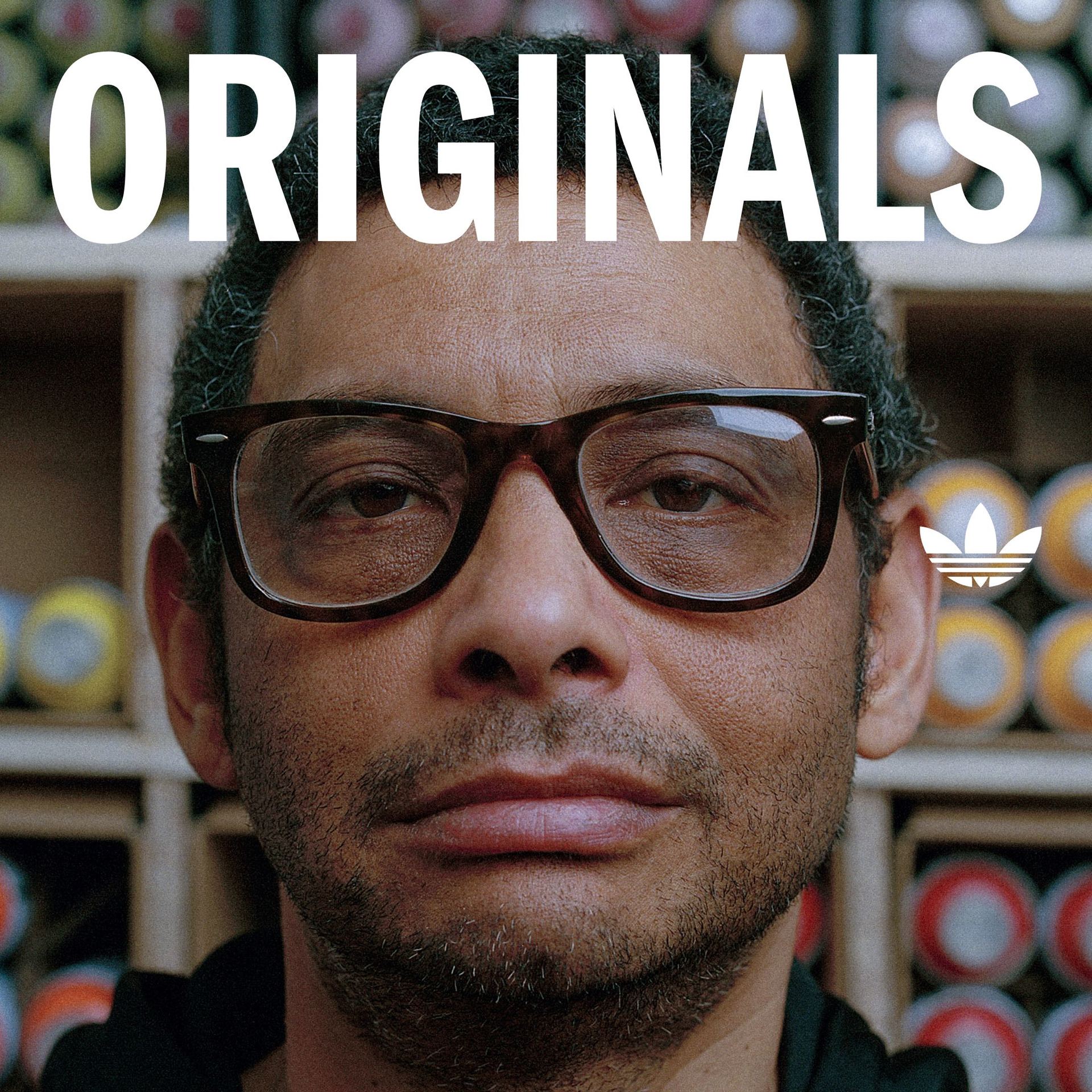
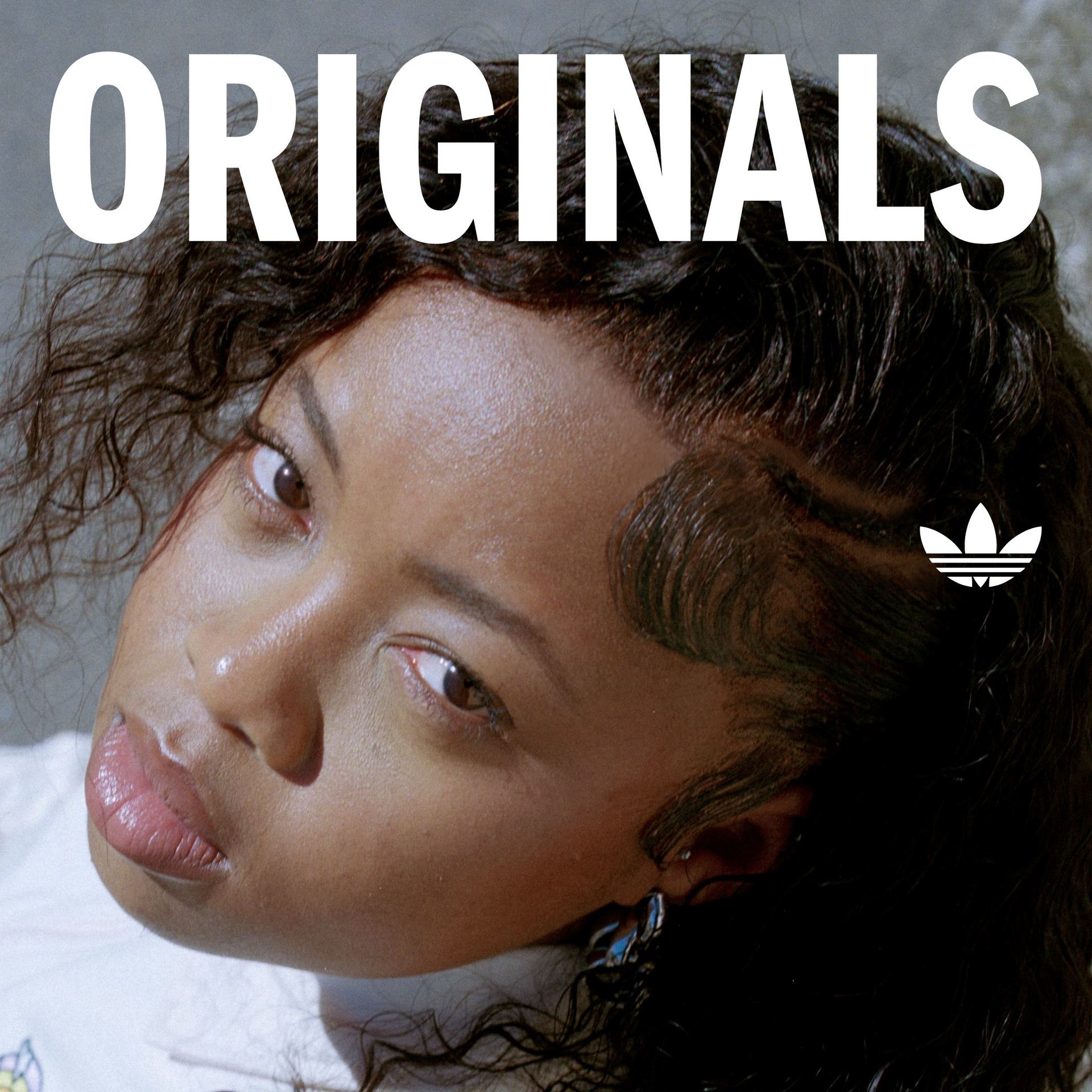
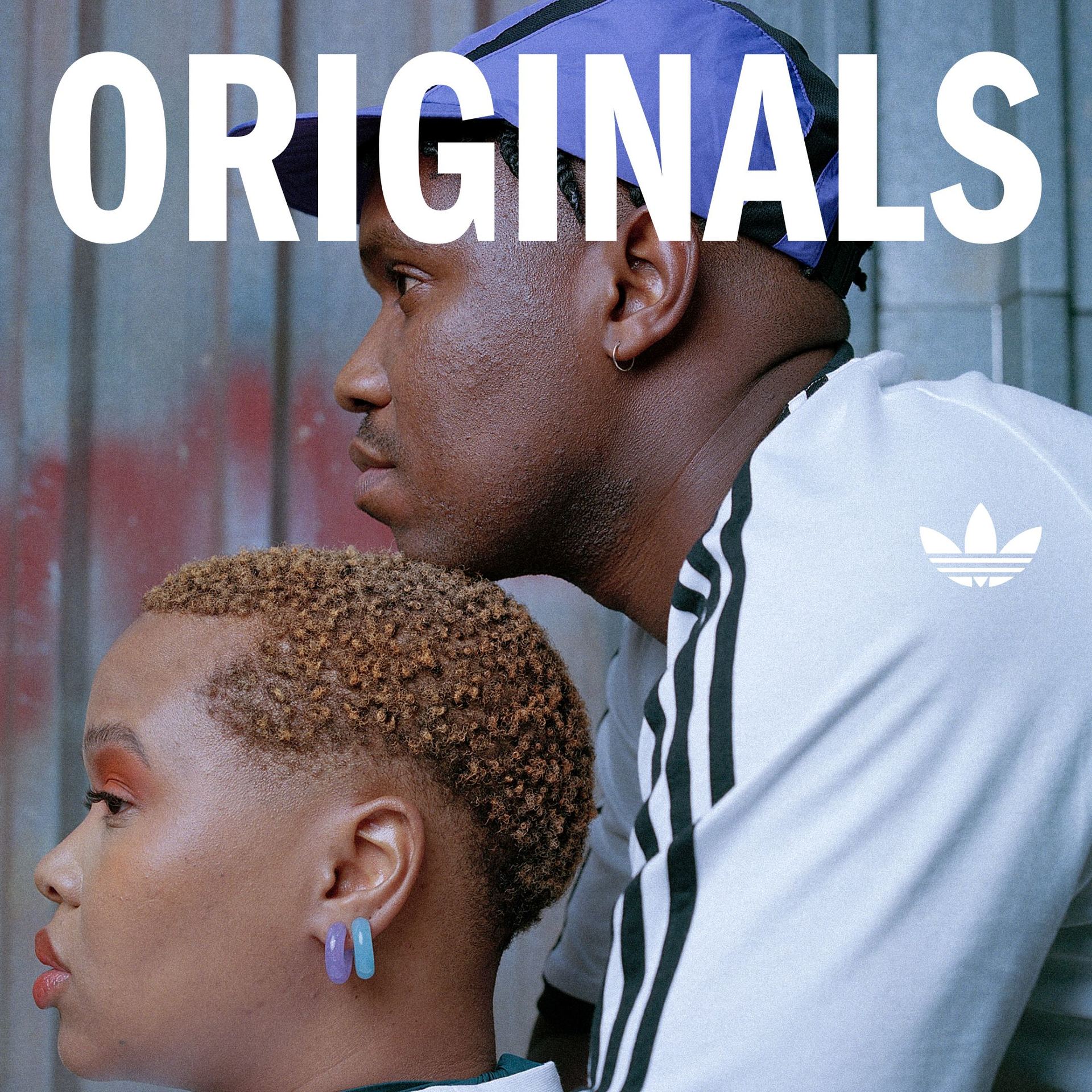
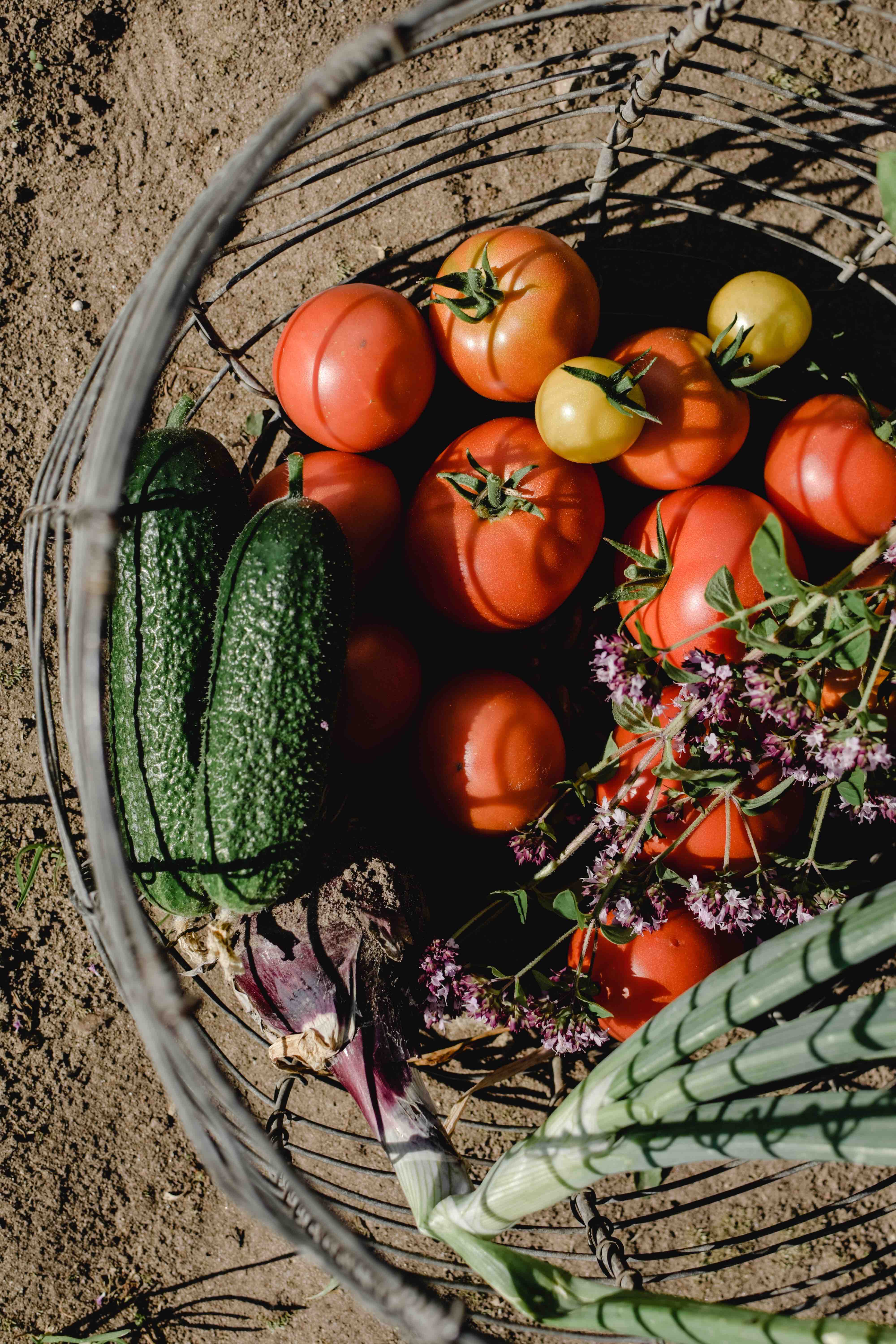

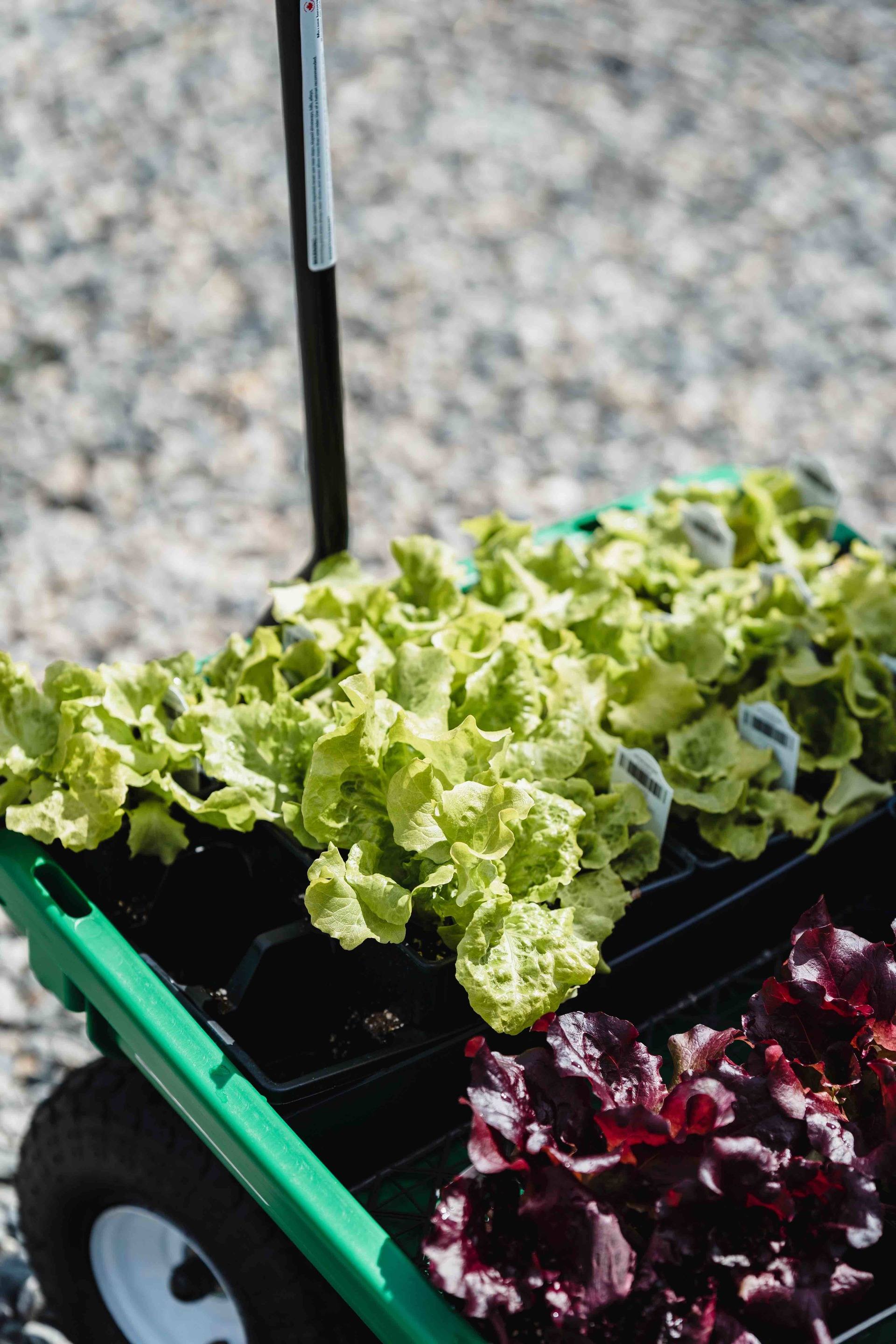
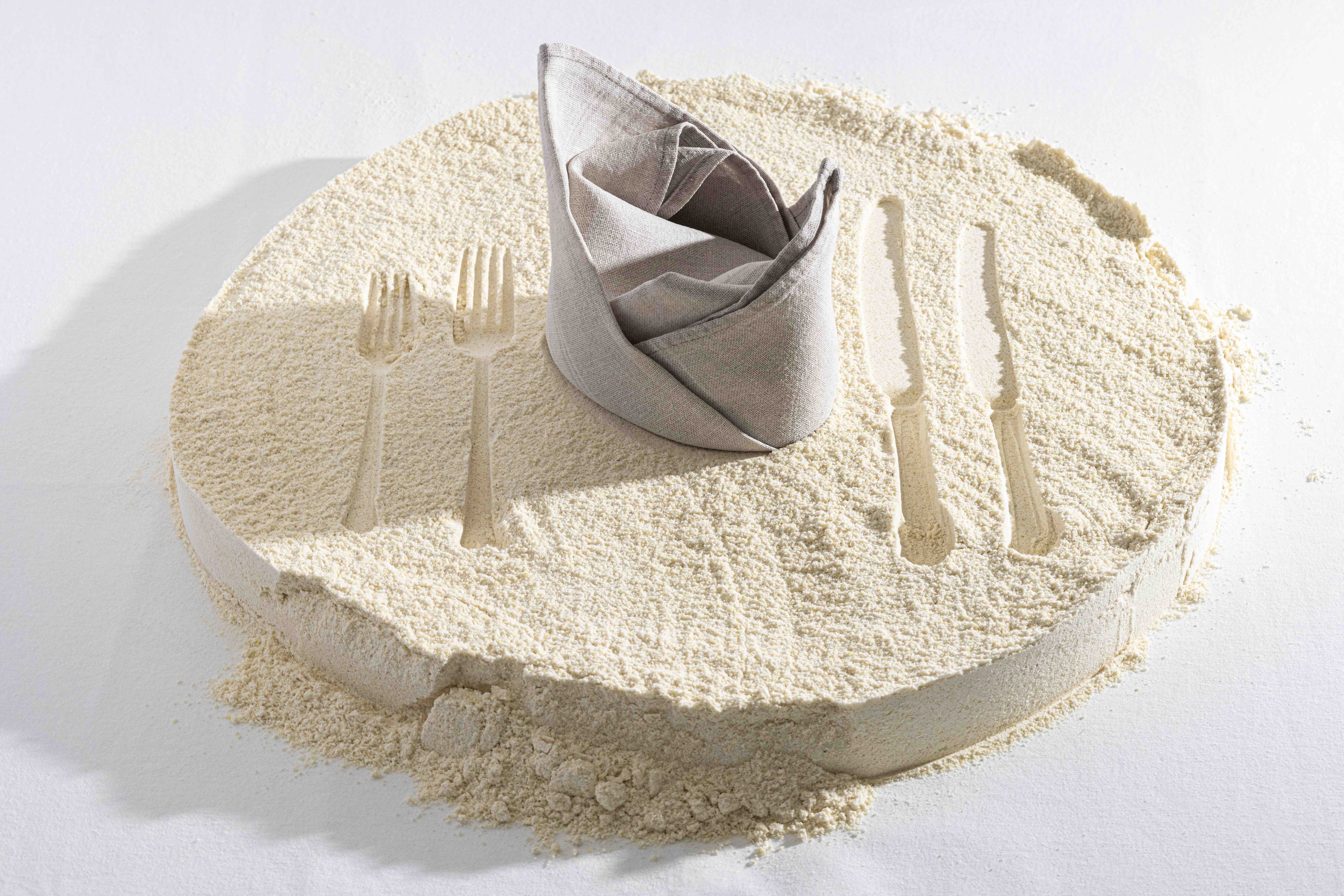

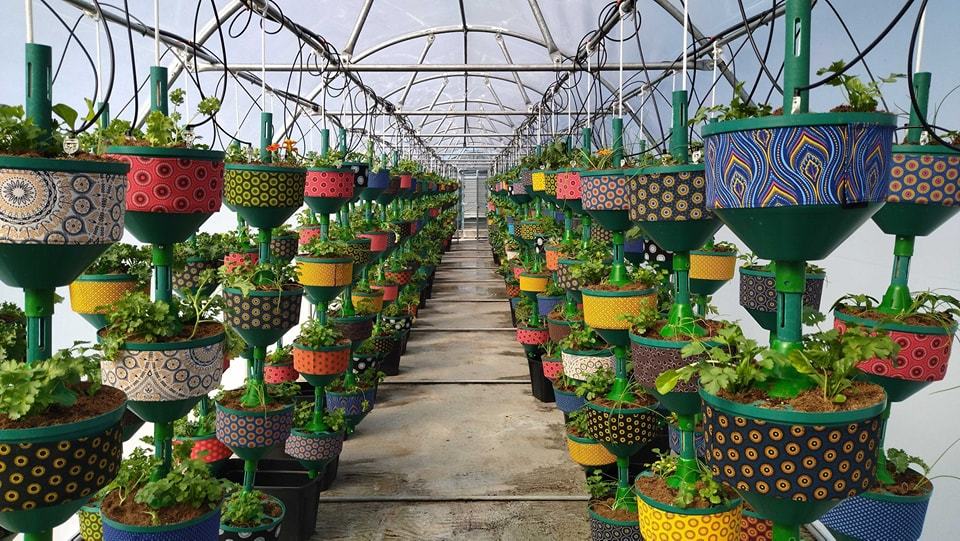

Recent Comments